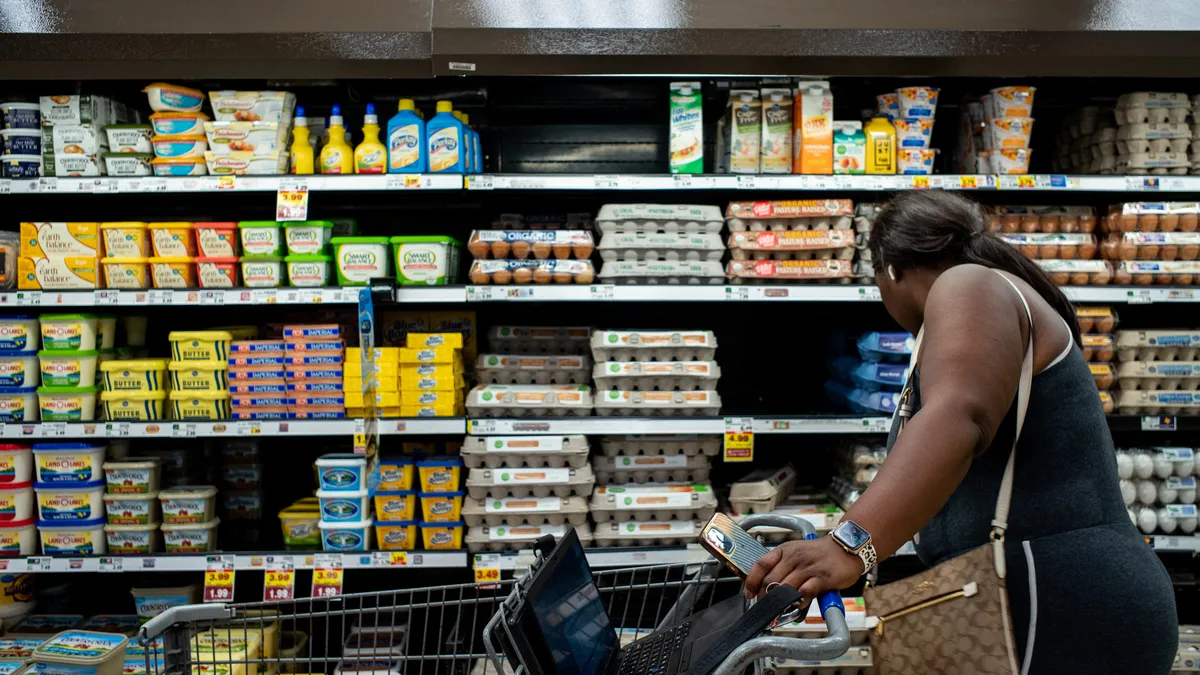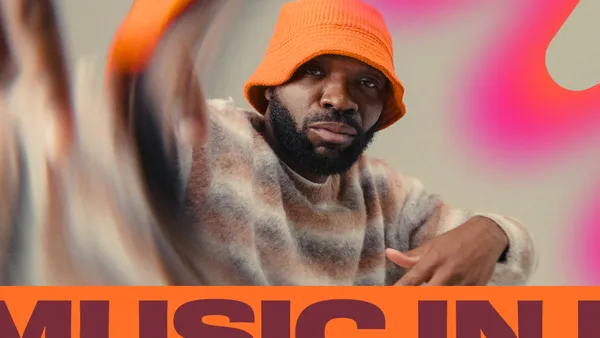NEW YORK — Consumer behavior will remain difficult to map out in 2023, but the lingering effects of the pandemic could clue marketers in on what’s to come in the months ahead, said Mark Mathews, vice president of research development and industry analysis at the National Retail Federation (NRF), at the organization’s Big Show on Tuesday. For example, the blossoming world of connected TV (CTV) — projected to continue growing this year — is being fed by consumers who got acquainted with at-home viewing in the midst of earlier lockdown periods.
“There are some behaviors that we've developed during the pandemic, like streaming instead of necessarily going to the movie theaters, [that] will stick around longer than we expect,” Mathews said.
Mathews was joined by Katherine Cullen, senior director of industry and consumer insights at NRF, and Jonathan Silver, CEO and founder of Affinity Solutions, for a press briefing during the conference. The trio shared consumer behavior predictions based on data collected by Affinity, touching on the lingering effects COVID-19 will have on spending habits, along with the role the current macroeconomic climate will play.
Pandemic reserves diminish
COVID-19 has had some unusual effects on consumers. For example, spending spiked during the pandemic, Mathews said, but savings also rose 34%, allowing for a $2 trillion dollar reserve. The phenomenon could be explained by consumers gaining flexibility to cut back on some categories — like gas, travel fees and eating outside the home — while stimulus checks further padded out pockets.
This massive reserve of cash may also help to explain why consumer habits stumped analysts as the economy worsened last year. Amid inflation, it is typically expected that budgets for essentials like food increase while those for non-essentials, such as clothing and travel, see a dip.
So far, those effects have not been felt as dramatically as expected. However, as the consumer outlook continues to take a negative spin due to recessionary fears, spending could take a more substantial hit. Meanwhile, the pandemic reserves will further dwindle, leading to an overall tighter period.
“We’re burning through that at a pretty high rate,” said Silver in reference to cash reserves.
Savviness at an all-time high
As consumers eye their wallets more closely, marketers should expect behaviors like earlier shopping and a stronger value assessment to hold steady.
The thrifty consumer is here to stay, NRF panelists said, pointing out some recent examples, like holiday shopping in 2022 gearing up even earlier than it had in past years. Many of those early shoppers were wary of potential supply chain disruptions similar to what was seen in 2021. But even as those fears ease up, Cullen projects earlier holiday spending will recur for 2023.
Among other expected behaviors, consumers are likely to take every step possible to understand what they are purchasing ahead of checkout in pursuit of the best possible value, experts said. To cater to that, some brands have already begun experimenting with emerging technologies, like artificial intelligence and augmented reality, that allow consumers to visualize furniture in their homes or what a pair of shoes will look like.
While those add-ons may make for a heavy lift in the beginning, they could provide long-term benefits, as consumers return fewer goods.















